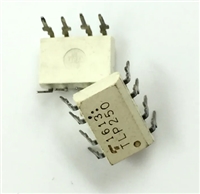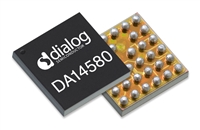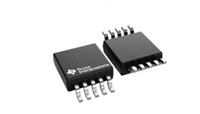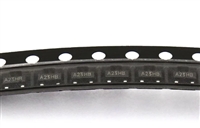Application Information
The area under the curves
When used in FDDI and ATM
The Applications Engineering
group is available to assist you
with the technical under-
standing and design trade-offs
associated with these trans-
ceivers. You can contact them
through your Agilent sales
representative.
represents the remaining OPB at 100 Mb/s applications the
any link length, which is
available for overcoming non-
fiber cable related losses.
performance of the 1300 nm
transceivers is guaranteed over
the signaling rate of 10 MBd to
125 MBd to the full conditions
listed in individual product
specification tables.
Agilent LED technology has
produced 1300 nm LED devices
with lower aging characteristics
than normally associated with
these technologies in the
industry. The industry conven-
tion is 1.5 dB aging for 1300 nm
LEDs. The Agilent 1300 nm
LEDs will experience less than
1 dB of aging over normal com-
mercial equipment mission life
periods. Contact your Agilent
sales representative for
The transceivers may be used
for other applications at signal-
ing rates outside of the 10 MBd
to 125 MBd range with some
penalty in the link optical power
budget primarily caused by a
reduction of receiver sensitivity.
Figure 5 gives an indication of
the typical performance of these
1300 nm products at different
rates.
The following information is
provided to answer some of the
most common questions about
the use of these parts.
Transceiver Optical Power Budget
versus Link Length
Optical Power Budget (OPB) is
the available optical power for a
fiber optic link to accommodate
fiber cable losses plus losses due
to in-line connectors, splices,
optical switches, and to provide
margin for link aging and
additional details.
Figure 4 was generated with a
Agilent fiber optic link model
containing the current industry
conventions for fiber cable
specifications and the FDDI
PMD and LCF-PMD optical
parameters. These parameters
are reflected in the guaranteed
performance of the transceiver
specifications in this data sheet.
This same model has been used
extensively in the ANSI and
IEEE committees, including the
ANSI X3T9.5 committee, to
establish the optical
2.5
2
unplanned losses due to cable
plant reconfiguration or repair.
1.5
1
Figure 4 illustrates the predicted
OPB associated with the
0.5
0
transceiver specified in this data
sheet at the Beginning of Life
(BOL). These curves represent
the attenuation and chromatic
plus modal dispersion losses
associated with the 62.5/125 µm
and 50/125 µm fiber cables only.
-0.5
-1
0
25
50
75
100 125 150 175 200
SIGNAL RATE (MBd)
CONDITIONS:
1. PRBS 2 -1
2. DATA SAMPLED AT CENTER OF DATA SYMBOL.
3. BER = 10
7
-6
performance requirements for
various fiber optic interface
standards. The cable parameters
used come from the ISO/IEC
JTC1/SC 25/WG3 Generic
Cabling for Customer Premises
per DIS 11801 document and the
EIA/TIA-568-A Commercial
Building Telecommunications
Cabling Standard per SP-2840.
4. T
= +25 ˚C
A
12
5. V = 3.3 V dc
CC
6. INPUT OPTICAL RISE/FALL TIMES = 1.0/2.1 ns.
HFBR-5903, 62.5/125 µm
10
8
Figure 5. Transceiver Relative Optical Power
Budget at Constant BER vs. Signaling Rate.
HFBR-5903
50/125 µm
6
These transceivers can also be
used for applications which
require different Bit Error Rate
(BER) performance. Figure 6
illustrates the typical trade-off
between link BER and the
receivers input optical power
level.
4
2
0
Transceiver Signaling Operating
Rate Range and BER Performance
For purposes of definition, the
symbol (Baud) rate, also called
signaling rate, is the reciprocal
of the shortest symbol time. Data
rate (bits/sec) is the symbol rate
divided by the encoding factor
used to encode the data
0.3 0.5
1.0
1.5
2.0
2.5
FIBER OPTIC CABLE LENGTH (km)
Figure 4. Typical Optical Power Budget at BOL
versus Fiber Optic Cable Length.
(symbols/bit).
5






 TLP250光耦合器:资料手册参数分析
TLP250光耦合器:资料手册参数分析

 DA14580 低功耗蓝牙系统级芯片(SoC):资料手册参数分析
DA14580 低功耗蓝牙系统级芯片(SoC):资料手册参数分析

 INA226 高精度电流和功率监控器:资料手册参数分析
INA226 高精度电流和功率监控器:资料手册参数分析

 SI2302 N沟道MOSFET:资料手册参数分析
SI2302 N沟道MOSFET:资料手册参数分析
